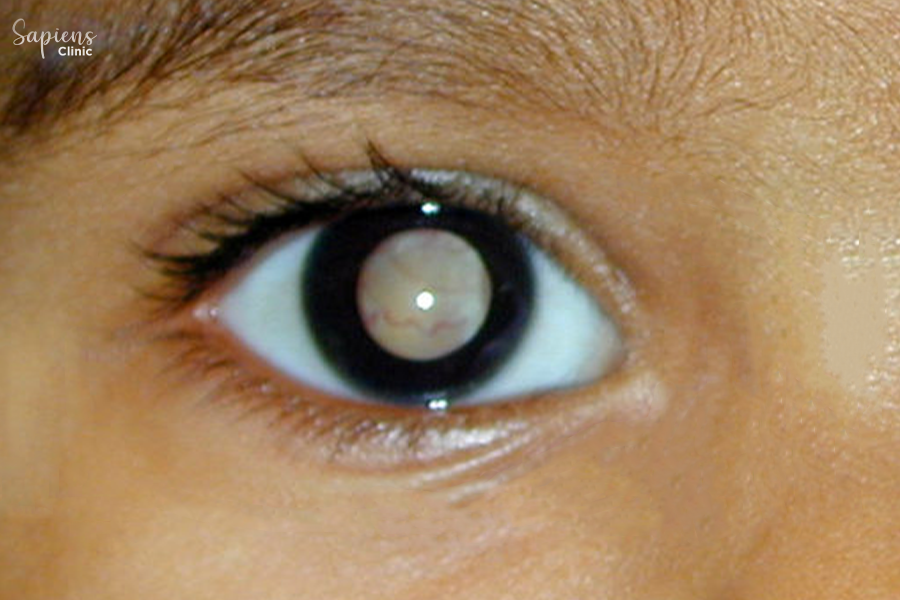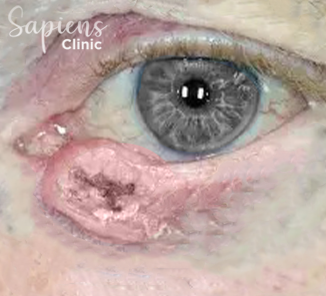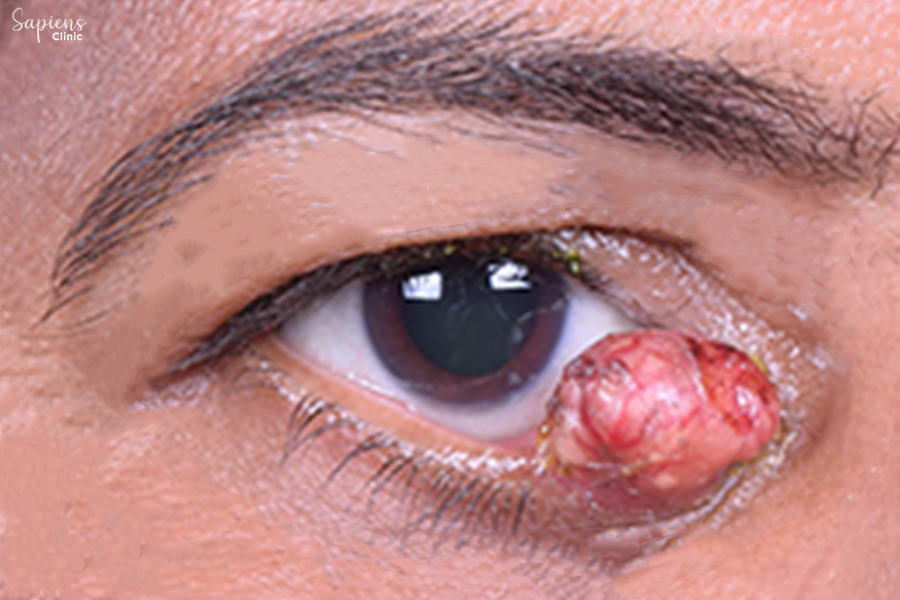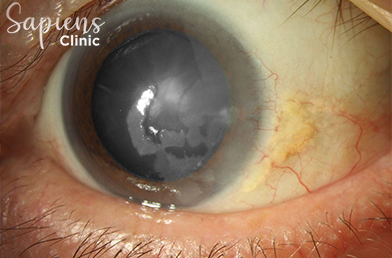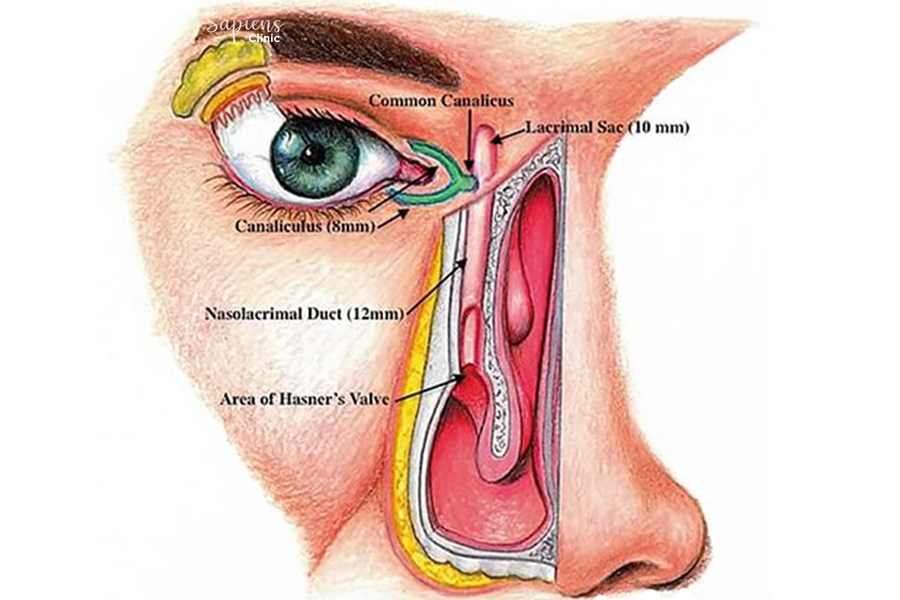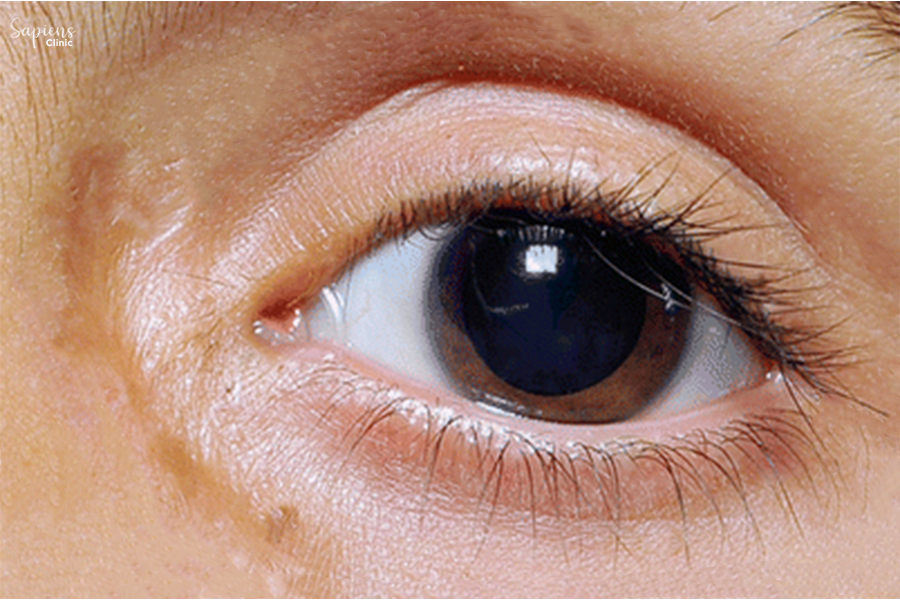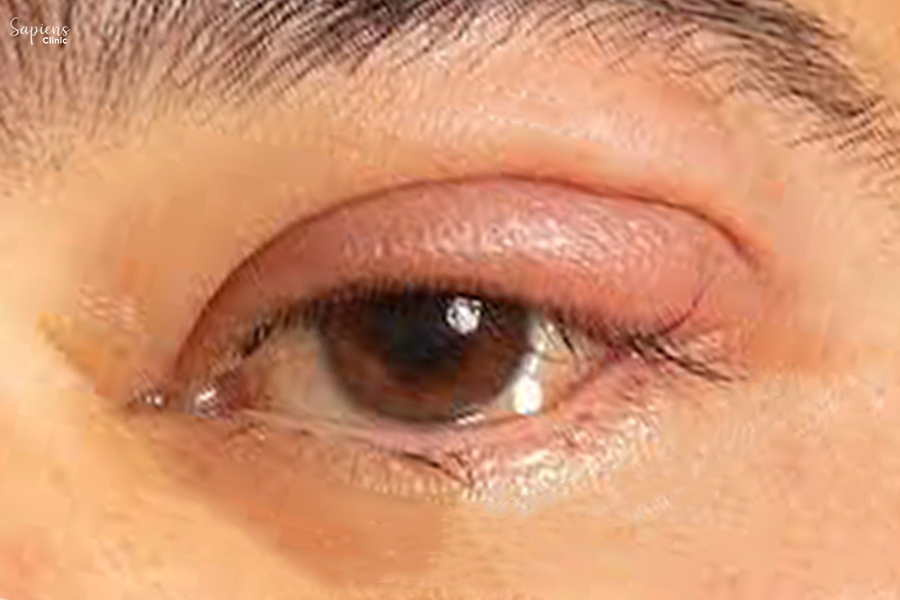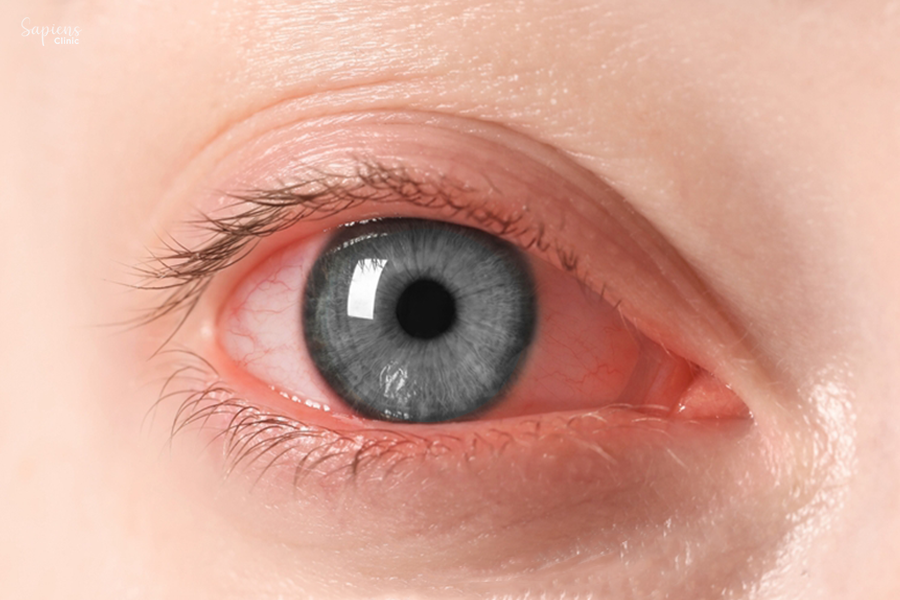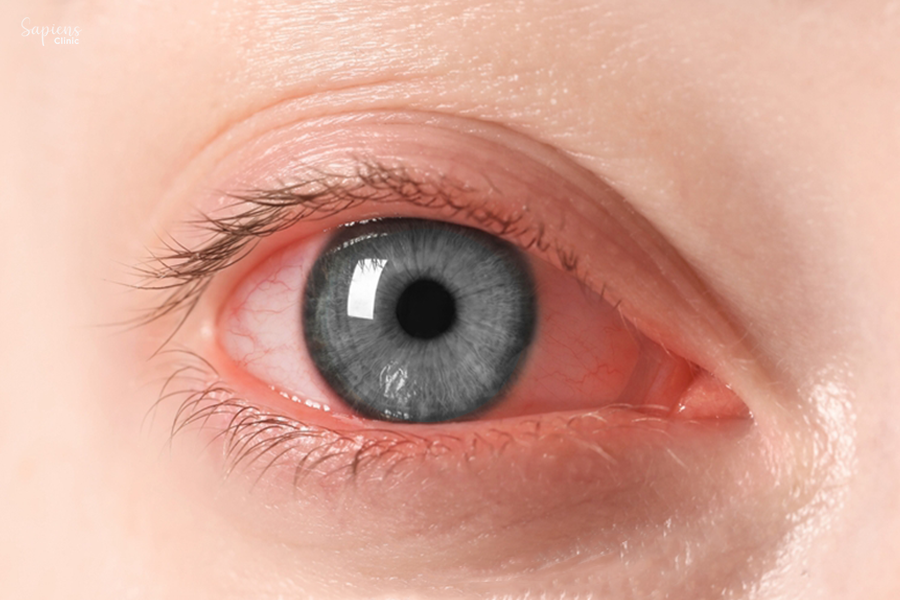Retinoblastoma Treatment in Malleshwaram
Expert Pediatric Eye Cancer Care at Sapiens Clinic
Has your child shown signs of a white reflex in the eye (often seen in photographs)?
Is there a sudden squint, vision loss, or an unusual appearance in one or both eyes?
Have you had your child’s eyes examined since birth?
These symptoms could indicate retinoblastoma, a rare but serious eye cancer that affects young children. Early diagnosis can save not only vision but also the life of your child. At Sapiens Clinic in Malleshwaram, we specialize in early detection, diagnosis, and advanced treatment for pediatric eye tumors, including retinoblastoma.
What Is Retinoblastoma?
Retinoblastoma is a malignant retinal tumor that develops in the light-sensitive layer of tissue at the back of the eye (retina). It is most often diagnosed in children under the age of 5 and may affect one or both eyes.
Every year, thousands of children across the globe are diagnosed with this condition, and the success rate of treatment is over 95%-especially when detected early.
There are two forms :
- Unilateral Retinoblastoma – affects one eye
- Bilateral Retinoblastoma – affects both eyes (more often inherited)
This cancer may be hereditary or non-hereditary. Children with a family history of retinoblastoma are at greater risk and should be screened early.
Signs & Symptoms of Retinoblastoma
- A white glow in the eye (often seen in flash photos)
- Strabismus (misaligned or squinting eyes)
- Redness or swelling without infection
- Poor vision or noticeable visual changes
- Eye enlargement in advanced cases
If you notice any of these signs, immediate consultation with a pediatric eye specialist is essential.
How Is Retinoblastoma Treated?
The choice of treatment depends on the tumor size, location, and whether one or both eyes are involved.
🔹 Enucleation (Eye Removal Surgery)
In advanced cases where the tumor has overtaken vision and the eye is at risk of spreading cancer, surgical removal of the affected eye is advised. Though difficult, this procedure can be life-saving and eliminates the tumor entirely. A custom artificial eye is fitted post-healing for natural appearance.
🔹 Chemotherapy
Systemic or intra-arterial chemotherapy may be used in bilateral cases or to shrink tumors before using focal therapies. These drugs help preserve the eye and vision wherever possible.
🔹 Local Therapies (for small tumors)
- Laser Photocoagulation: Destroys the tumor using focused laser light
- Cryotherapy: Freezes tumor cells
- Brachytherapy: Places a radioactive disc near the tumor site
- Thermotherapy: Applies heat to shrink tumor size
🔹 External Beam Radiation Therapy (EBRT)
This treatment is used selectively, especially in bilateral cases. While effective, it may carry long-term risks of secondary cancers and is generally reserved for specific conditions.
Recovery & Support
Recovery time depends on the type of treatment. Enucleation requires physical and emotional adjustment, especially for parents. Supportive counseling and prosthetic eye fitting can help children regain confidence.
Post-treatment, your child will need :
- Regular follow-up scans
- Monitoring for recurrence or secondary issues
- Ongoing visual rehabilitation, if one eye remains
At Sapiens Clinic, our pediatric oncology support team guides you throughout the journey both medically and emotionally.
Cost of Retinoblastoma Treatment in Malleshwaram
Treatment costs vary based on :
- Number of eyes affected (unilateral/bilateral)
- Choice of therapy (chemotherapy, surgery, or local therapies)
- Duration of follow-up and rehabilitation needs
At Sapiens Clinic, we prioritize affordable and high-quality care with detailed transparency about costs. Our team works closely with families to ensure access to the best care possible.
Why Choose Sapiens Clinic for Retinoblastoma?
- Pediatric-focused ocular oncology team in Malleshwaram
- Advanced imaging, treatment planning, and surgical care under one roof
- Collaboration with experienced pediatric oncologists and radiologists
- Personalized care plans aimed at saving vision and life
- Post-treatment rehabilitation and prosthetic eye support
Book a Pediatric Eye Consultation
If your child has unusual eye symptoms or you’ve noticed anything abnormal, don’t wait. Call now to schedule a pediatric eye screening in Sapiens Clinic at Malleshwaram
FAQs
1.What causes retinoblastoma?
It’s caused by mutations in the RB1 gene, which controls cell growth. These mutations may be inherited or occur spontaneously.
2.Can both eyes be saved in bilateral cases?
Yes, if diagnosed early. Chemotherapy combined with laser or cryotherapy often helps preserve vision.
3.What is the risk if not treated early?
Delayed diagnosis can lead to vision loss, eye loss, and in rare cases, life-threatening spread to the brain or bones.
4.Is retinoblastoma curable?
Yes, with timely treatment, survival rates exceed 95%.
